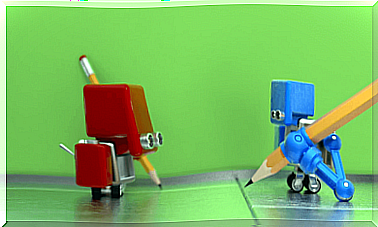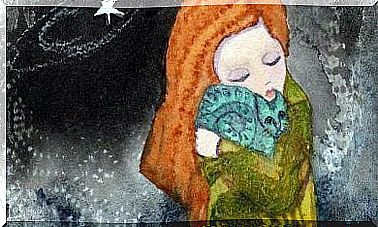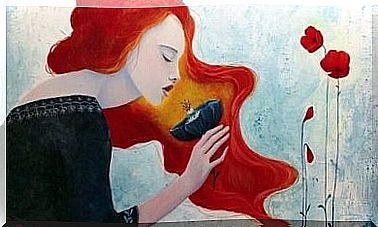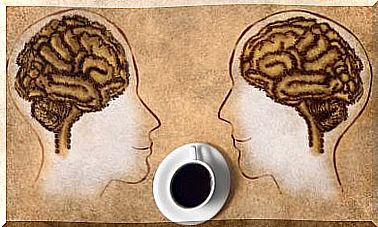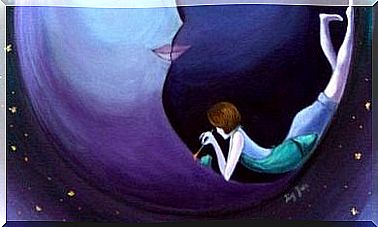What Types Of Cocaine Are There And How Do They Work?
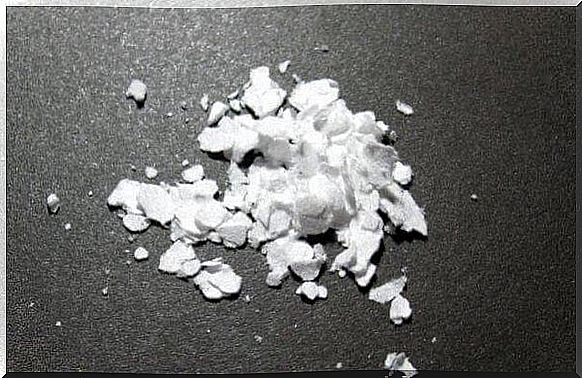
Cocaine is a powerful stimulant. It is highly addictive and used almost exclusively as a party and recreational drug. Cocaine became popular as a drug in the 1980s. Its basic component comes from the leaves of the coca bush. In its natural form, it has been consumed by the indigenous peoples of South America for thousands of years.
Its pure chemical form is cocaine hydrochloride. This substance has been made in the laboratory for more than a century. At the beginning of the 20th century, cocaine was the main ingredient in many elixirs and tonics used for medicinal purposes. Even today, the substance is still used as an anesthetic for surgical interventions on the neck, ears and eyes.
“Coca is the universal answer to the most urgent need of the present era: the lack of borders.”
Roberto Saviano
Cocaine was also used in various soft drinks. The most famous of them is Coca-Cola. The original formula contained up to 8 milligrams of cocaine per liter. However, the drug fell into disrepute due to its severe side effects. That is why cocaine was no longer used as an ingredient for the soft drink of the same name by the manufacturing company Coca-Cola in 1903. In 1914 cocaine was declared an illegal drug.
Today cocaine is rarely found in its pure chemical form. It is often mixed with other components such as starch, talcum powder, sugar or the like. In street jargon, cocaine is often referred to as “coke”, “snow”, “flake” or “blow”.
Cocaine hydrochloride
As we mentioned earlier, the pure chemical form of cocaine is cocaine hydrochloride, a white powder. Powdered cocaine is commonly inhaled or snorted, but many users treat it for injection as well.
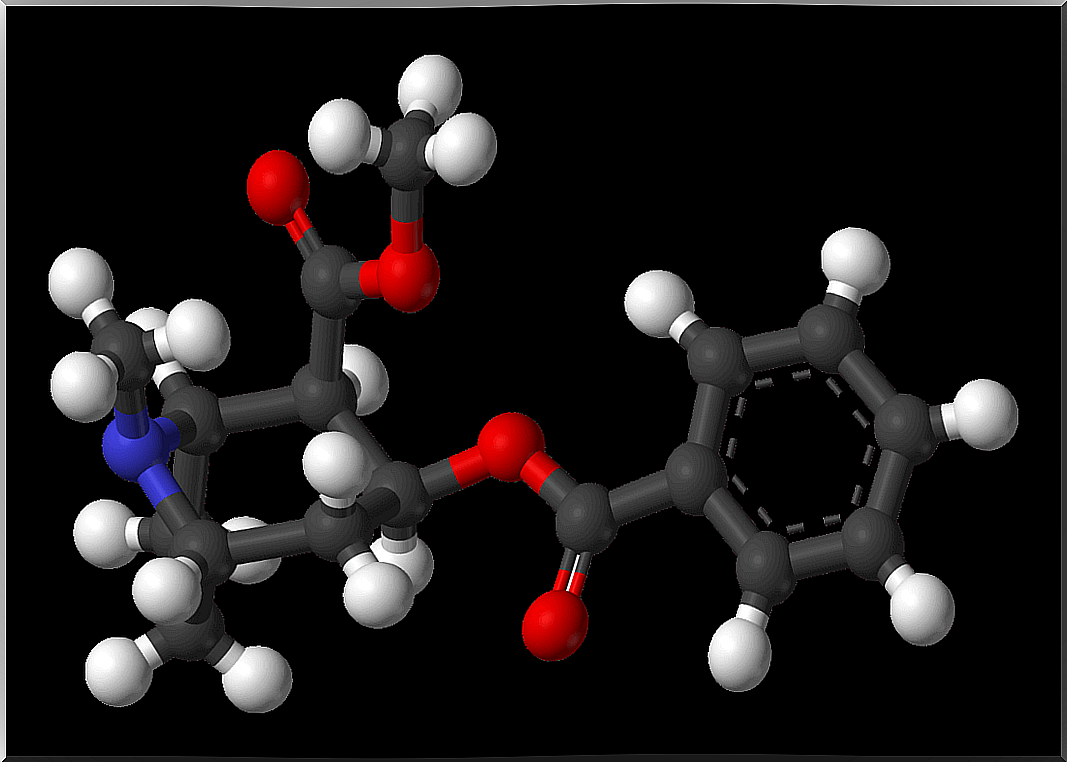
Although the purity of the fabric after stretching is variable, the highest quality level of the substance is reached at a purity of 98%. On the black market, it is referred to as the “yen” by drug dealers. It has the highest price and is visually whiter and brighter than other quality grades. It is estimated that the powdered cocaine sold on the street is only 5 to 40% pure. Sometimes it is mixed with highly dangerous substances such as amphetamines or certain anesthetics such as lidocaine or tetracaine.
There are different varieties of “white cocaine” with a medium to low degree of purity. The most popular variety is called “chalk”. This is due to its white-gray, inconspicuous coloration. This variant puts the user in a highly euphoric state. Another type is “yellow cocaine”. Its most noticeable feature is its smell. It smells of gasoline or kerosene and is extremely strong.
Other types of cocaine
Cocaine also comes in the form of crack. The substance is called crack because of the noise it makes when it burns – “to crackle” means “to crackle”. The use of crack increased as the authorities began to impose strict restrictions on access to the chemicals used to make cocaine hydrochloride. As a result, the price of cocaine climbed to a level that many users could no longer afford. Then crack became more popular because it is 15 times more affordable.
Crack is a mixture of cocaine hydrochloride and other chemicals like ammonia, ether and sodium hydrogen carbonate, which is baking soda. It is usually smoked in a pipe and has a much stronger effect than refined cocaine. It is also more addictive. This increases the risk of dying from consuming it.
Another product that is actually an intermediate product in the manufacture of cocaine is cocaine paste, also known as “cocaine sulfate”. Up to 50% of the cocaine paste consists of sulfates because toxic chemicals such as methanol and sulfuric acid are used during the process . Consumers mix cocaine paste with marijuana or tobacco and smoke it.
Both crack and cocaine sulfate work in a mode called “flash” or “lightning”. That is, both substances have a quick and very violent effect. This is why addicts want to consume multiple doses in a row to prolong the effects. There is a high risk of overdose.
The short-term effects of cocaine
The effects of cocaine appear almost immediately after ingestion. Sometimes the effects only last a few minutes, sometimes up to an hour. The substance evokes feelings of euphoria. You feel a strong surge of energy. The consumer feels mentally wide awake. This is suggested by his sensory impressions, in particular his sense of sight, hearing and touch.
Taking cocaine reduces the need for food or sleep. Some people take cocaine so they can get their jobs done faster. Other users feel that the cocaine is slowing them down.

The duration and intensity of the effects depend on which type of cocaine is used and how. The faster it is absorbed by the body, the more intense but short-lived the effect. Some users will experience restlessness, anxiety, or irritability. Also spasms, paranoia and vertigo are common. From a physiological point of view, cocaine disrupts the heart rate and can lead to headaches and stomach aches. The consumer then has to vomit.
An overdose may result in convulsions or strokes. The consumer may fall into a coma. Death seldom occurs immediately. However, cardiac arrest can occur, which can then lead to death.
The long-term effects
The main long-term effect of cocaine abuse is severe addiction. Because cocaine is so highly addictive, it is impossible to predict what a consumer’s needs will be after the first use. There is also a high risk of relapse once you have decided to stop using the drug. Relapses can still occur even after years of abstinence.
The body gets used to cocaine consumption, develops tolerance. This means that over time the user is less and less satisfied with the effects of the drug. This is why an addict has to keep increasing the dose in order to experience the same euphoric feeling that he got with a smaller dose at the beginning. Over time, the pleasant feelings the drug provokes are replaced by fear, paranoia, and explosive anger.
In the worst cases, long-term cocaine use causes the addict to lose touch with reality for extended periods of time. Hallucinations set in – first he hears voices, then paranoid psychoses occur. Cocaine degrades and destroys personality. As a result, the consumer’s life revolves around the drug.
The possible future of an addict
It is very difficult to predict the fate of a cocaine addict. This is because many factors have an influence here. As long as cocaine use is continued, the risk of dying from addiction increases continuously. Likewise, the risk increases that your own personality and relationships with other people will be damaged. The dependence on cocaine also in the crime of acquisitions.

Support groups are always an excellent choice – usually accompanied by one-on-one therapy. Various forms of drug treatment are currently being tested. So far it has not brought any resounding success. The way out of addiction is long.
Therefore, the best option is always prevention. Cocaine is not a drug that is tried out of curiosity. Or because you want to gain new experiences by taking it. Try cocaine once – it has the potential of a dire tragedy, the course of which can hardly be stopped.

